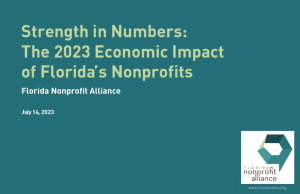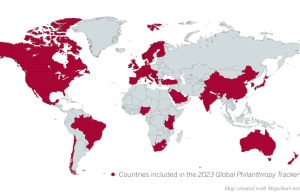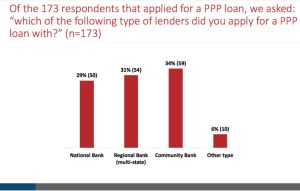More than half of nonprofits issuing annuities in a recent study had at least one underwater gift.
Effective identification and management of underwater gifts is vital for charities to manage financial risks inherent in issuing gift annuities but also to protect their reputations as responsible stewards and cultivate future gifts, according to the BNY Mellon Wealth Management’s 2021 Annual Charitable Gift Report.
The 31-page report “assesses the philanthropic landscape, levels of giving over the past five years and donor behavior to provide insights, context, and benchmarks.” It provides analytics and observations on charitable gift annuity (CGA) and charitable remainder trust (CRT) activity for more than 100 nonprofits during 2020.
“Individuals sought opportunities to help address societal and community needs while nonprofits grappled with meeting greater demand for services and declining revenues due to COVID-related lockdowns. Despite these challenges, the philanthropic community demonstrated tremendous resourcefulness and generosity.”
Among other findings, only about 16% of CGAs established in the study were funded with non-cash assets. That means donors may be missing out on significant tax benefits, such as, savings on federal capital gains taxes, deferral of certain capital gains and the potential reduction of estate taxes.
Charitable trust activity continues to decline despite creative ways that trusts can help donors meet charitable, tax and income goals. Business owners with a liquidity event can use CRTs to strike a balance between charitable intent, desire for cash flow, and interest in deferring capital gains on the sale of an asset.
Donor-advised funds (DAFs) continue to be a big part of philanthropy. The BNY Mellon Charitable Gift Fund reported $87.6 million in gifts, with $72.5 million distributed via grants.
The average contribution more than doubled and grants distribution increased by 85% compared with 2019. The average DAF account holder was 60 years old and the average gift was $45,000, with the median gift being $6,000. The typical donor made gifts via donated securities, and gave to social services and education.
Gift activity during 2020 included 460 new CGAs, 893 CGA terminations, 31 new CRTs, and 73 additions to CRTs. BNY Mellon reported a 37% decrease in new CGA gift amounts, 44% increase in CRT additions, and 39% increase in average grant funding from DAFs.
Organizations represented in the report include education (55%), faith-based organizations (21%), social services/other (14%), cultural (6%), and health care (4%).
The average CGA donor was 79-years-old, up from 77 in the prior year. The average cash gift was $25,000, down from $30,000 in 2019 while the payout rate was 6.2%, up from 5.8% in the prior year. Repeat CGA donors (66%) outnumbered new donors (34%) by almost 2 to 1.
While the percentage of organizations in this study that received new gifts in 2020 declined or remained flat, faith-based and religious organizations saw an increase in both the number of CGAs and gift amounts versus 2019. The average gift amount for faith-based and religious organizations almost doubled to $56,200 in 2020, from $28,300 in 2019.
The trend of decreased gifts following a year of increased gifts continued, most likely resulting from the impact of the global pandemic, according to the report. The median and average donor age increased for the first time in two years, underscoring research indicating that by 2050, life expectancy is expected to rise above 93 years in the United States.










